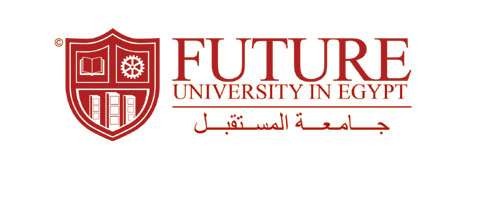FUE
Future University is one of most promising private universities in Egypt. Through
excellence in teaching, research and service, Future University strives to provide
a comprehensive, high-quality education that prepares our graduates to be future
leaders.

Altagamoa Al Khames, Main centre of town, end of 90th
Street
New Cairo
Egypt
New Cairo
Egypt